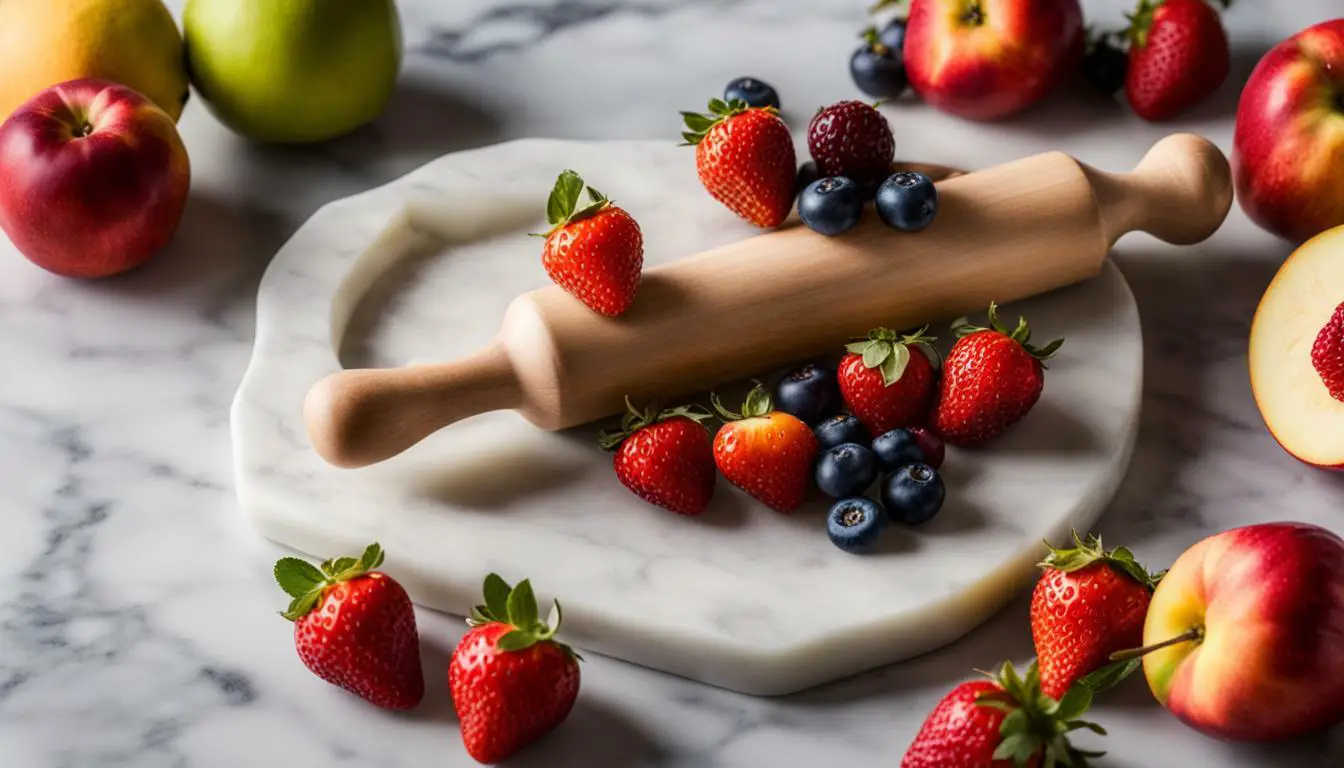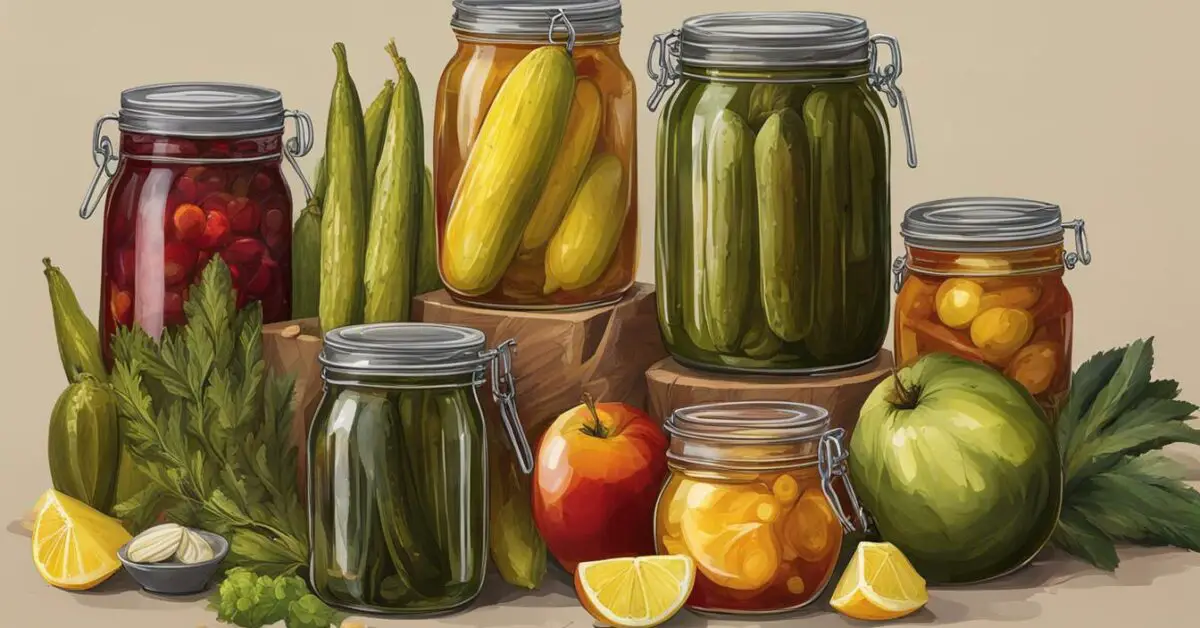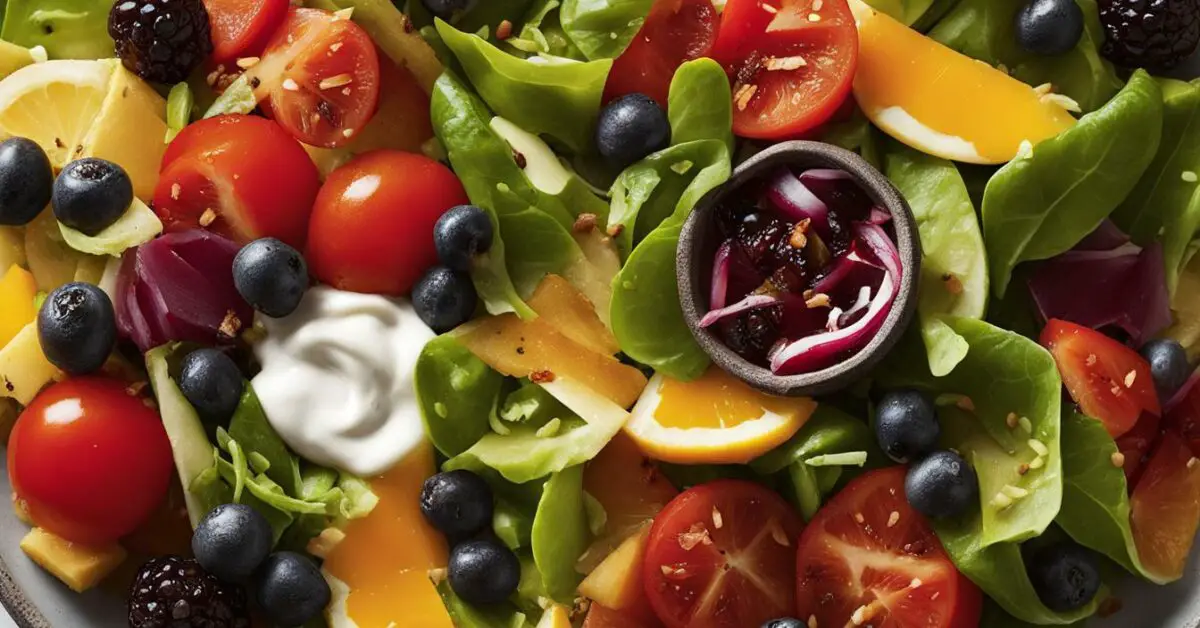
This post may contain affiliate links. Please read my disclosure for more information.
Looking for a substitute for vinegar in your pie crust? Look no further! Here are five ideal alternatives that will elevate your baking experience.
There are several options for substituting vinegar in pie crust recipes. White vinegar, balsamic vinegar, apple cider vinegar, and fruit vinegars can all be used as substitutes. Rice vinegar can be used for delicate dishes, while malt vinegar is a good substitute for more robust varieties. White balsamic vinegar can be replaced with white wine vinegar or rice wine vinegar. Lemon or lime juice can also be used as substitutes for vinegar in certain recipes.
Adding vinegar to the dough is thought to tenderize the gluten, prevent oxidation, and add flavor, but there is no scientific evidence to support these claims. Ultimately, the choice of substitute is up to personal preference and experimenting with different options may yield the best results. So go ahead and explore these substitutes for vinegar in your pie crust recipes and discover new flavors that will enhance your baking creations.
White Vinegar, Balsamic Vinegar, and Apple Cider Vinegar
White vinegar, balsamic vinegar, and apple cider vinegar can all be excellent substitutes for vinegar in your pie crust. Each of these vinegars brings its own unique flavor profile and characteristics to enhance your baking experience.
White vinegar, with its mild and tangy taste, works well in pie crusts, adding a subtle acidity that complements a variety of fillings. Balsamic vinegar, on the other hand, offers a rich and complex flavor that can add depth and sweetness to your crust. Its dark color may slightly affect the appearance of the finished product. Lastly, apple cider vinegar lends a slightly fruity and slightly sweet note to the crust, making it a popular choice for fruit-based pies.
When using any of these vinegars as a substitute, simply replace the vinegar called for in the recipe with an equal amount of the desired vinegar. The resulting pie crust will have a pleasant tanginess and improved texture, offering a delicious twist to your favorite pie recipes.
Experimenting with Different Vinegars
- If you prefer a milder flavor, opt for white vinegar.
- For a more pronounced and sweeter taste, try balsamic vinegar.
- Apple cider vinegar is perfect for adding a subtle fruity note.
Remember, every vinegar has its own distinct flavor, so feel free to experiment and find the one that best complements your desired pie crust. Whether you’re baking a classic apple pie or a savory quiche, substituting vinegar with these alternatives can elevate your baking game and create a crust that is uniquely delicious.
Other Vinegar Alternatives
In addition to white vinegar, balsamic vinegar, and apple cider vinegar, there are other great substitutes you can use in your pie crust, such as rice vinegar, malt vinegar, white balsamic vinegar, white wine vinegar, rice wine vinegar, lemon juice, and lime juice.
Rice Vinegar
Rice vinegar is a popular choice for delicate pie crusts. Its mild flavor and subtle sweetness complement the other ingredients without overpowering them. It adds a slight tanginess to the crust, giving it a unique taste. When substituting rice vinegar for regular vinegar, use an equal amount to maintain the desired acidity.
Malt Vinegar
If you prefer a more robust flavor in your pie crust, malt vinegar is an excellent substitute. With its distinct malty taste, it pairs well with savory fillings. It adds depth and richness to the crust, making it ideal for meat pies or hearty pies like shepherd’s pie. Use malt vinegar in the same quantity as the recipe calls for regular vinegar.
White Balsamic Vinegar, White Wine Vinegar, and Rice Wine Vinegar
White balsamic vinegar, white wine vinegar, and rice wine vinegar are lighter alternatives to dark balsamic vinegar. They offer a similar tanginess and acidity, making them suitable substitutes for vinegar in pie crust recipes. These vinegars are less overpowering and are ideal for fruit-based pies where you want the filling flavors to shine. Use them in the same amount as the vinegar specified in the recipe.
Lemon Juice and Lime Juice
For a citrusy twist to your pie crust, lemon juice and lime juice can be used as substitutes for vinegar. They add a bright, refreshing flavor to the crust and work well with fruit fillings. When using lemon or lime juice, adjust the amount according to your taste preference. Start with a small quantity and gradually increase if desired.
While the addition of vinegar to pie crusts is believed to tenderize the gluten, prevent oxidation, and enhance flavor, these claims are not scientifically proven. Ultimately, the choice of substitute depends on personal preference. Experimenting with different alternatives can lead to discovering new flavors and textures in your pie crusts. So go ahead and get creative in the kitchen!
Conclusion
When it comes to substituting vinegar in your pie crust, there are plenty of options to choose from. The choice ultimately depends on your personal preference and experimenting with different substitutes can lead to the best results.
Factual data supplement: There are several options for substituting vinegar in pie crust recipes. White vinegar, balsamic vinegar, apple cider vinegar, and fruit vinegars can all be used as substitutes. Rice vinegar can be used for delicate dishes, while malt vinegar is a good substitute for more robust varieties. White balsamic vinegar can be replaced with white wine vinegar or rice wine vinegar. Lemon or lime juice can also be used as substitutes for vinegar in certain recipes.
While adding vinegar to the dough is believed to tenderize the gluten, prevent oxidation, and add flavor, it is important to note that there is no scientific evidence to support these claims. However, many bakers have found success using alternative ingredients in their pie crust recipes.
Ultimately, it is up to you to decide which substitute works best for your taste and texture preferences. Don’t be afraid to try different options and see which one enhances your pie crust to perfection. Happy baking!
FAQ
What are some substitutes for vinegar in pie crust?
White vinegar, balsamic vinegar, apple cider vinegar, rice vinegar, malt vinegar, white balsamic vinegar, white wine vinegar, rice wine vinegar, lemon juice, and lime juice can all be used as substitutes.
Which vinegar substitutes are best for delicate dishes?
Rice vinegar is a good substitute for delicate dishes.
What vinegar substitute is best for more robust pie crust varieties?
Malt vinegar is a good substitute for more robust pie crust varieties.
Can white balsamic vinegar be replaced with other vinegars?
Yes, white balsamic vinegar can be replaced with white wine vinegar or rice wine vinegar.
Can lemon or lime juice be used as substitutes for vinegar in pie crust?
Yes, lemon or lime juice can be used as substitutes for vinegar in certain recipes.
What are the benefits of adding vinegar to pie crust dough?
Adding vinegar to the dough is thought to tenderize the gluten, prevent oxidation, and add flavor, although there is no scientific evidence to support these claims.
How should I choose a substitute for vinegar in pie crust?
The choice of substitute is ultimately up to personal preference. It may be best to experiment with different options to find the one that yields the best results for your specific pie crust recipe.


